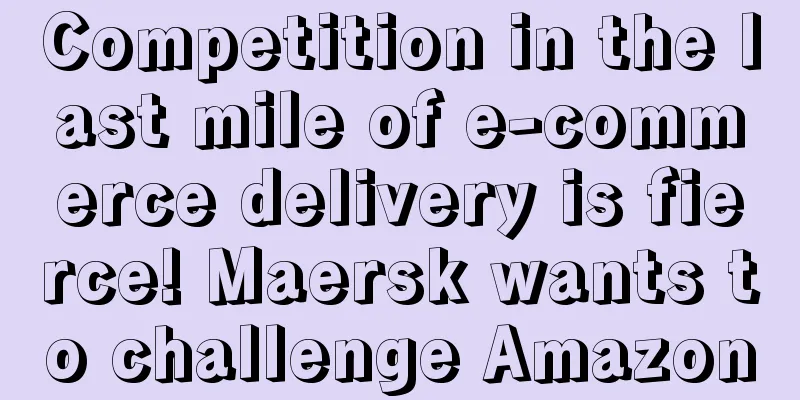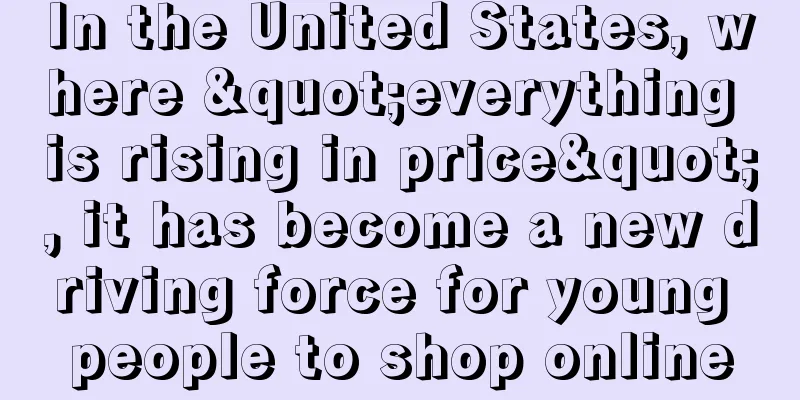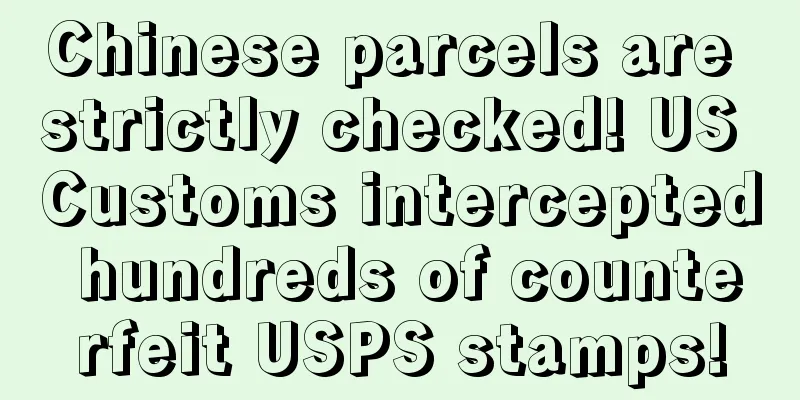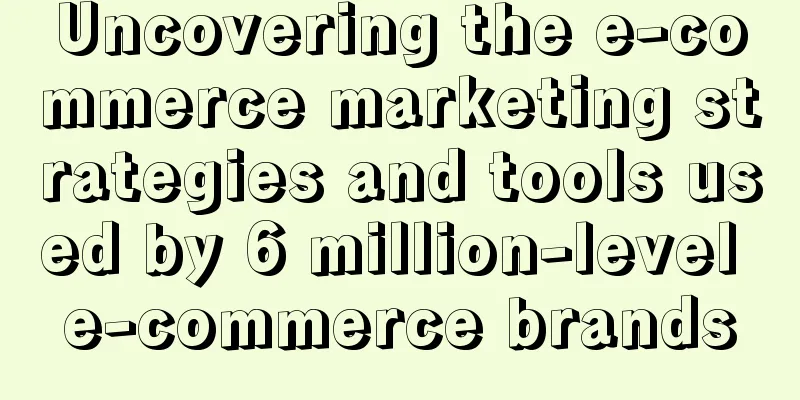Competition in the last mile of e-commerce delivery is fierce! Maersk wants to challenge Amazon

|
It is learned that in the second half of this year, under the tense situation of global supply chain, shipping giant Maersk acquired three e-commerce logistics companies. It is worth noting that these three logistics companies all cover the last mile delivery business of e-commerce. Maersk's acquisition means that it will officially enter this field. Maersk's strategy is to combine its fleet of 700 container ships with warehousing expertise to form a complete logistics supply chain that provides port-to-door delivery services, which will also reduce transaction links and minimize costs for retailers and customers. Visible, which is being acquired, is a logistics company with nine e-commerce parcel distribution centers in the United States, providing warehousing and packaging distribution services to retailers. Maersk said that by acquiring Visible, it can deliver parcels to 95% of American consumers within two days. The difference is that Visible offers customized packaging, allowing retailers to display their brand logos on the package packaging, which is not available from Amazon, Target or Walmart, which only use official logos. Fierce competition in last-mile delivery creates new competitive opportunities There is a reason why Maersk has deployed last-mile delivery on a large scale. Under the epidemic, e-commerce demand has expanded unprecedentedly. Online sales grew by 44% in the first quarter of 2020. Although the growth rate has slowed to 9% at present, the growth rate of e-commerce is still faster than other retail industries. As demand grows, ports closed due to the epidemic and cargo ships backlogged due to a surge in goods have put the global supply chain in crisis. E-commerce giants are also constantly expanding their logistics to achieve faster delivery. Walmart is investing billions to expand local distribution centers and buying robots to fulfill orders faster. Target, whose e-commerce business is growing faster than its competitors, is investing $4 billion to improve its e-commerce fulfillment capabilities. Amazon has doubled its warehouse space since the pandemic. The last mile of e-commerce delivery has entered a highly competitive state. In order to gain more control over the supply chain, Maersk can help retailers better meet consumer expectations by combining shipping and port services with delivery services. Analysts point out that Maersk is providing a logistics alternative to e-commerce platforms. Selling through large e-commerce platforms gives merchants access to powerful delivery services, but it may come at the cost of blurring the brand image when products arrive with Amazon's smiling logo or with the logo of Target or Walmart. This will create a new competitive opportunity. Amazon is strong and will always be strong Amazon launched its Prime two-day delivery service in 2005. As Prime has become popular in the global market, 200 million people have become accustomed to the fast delivery service provided by Amazon Prime, including nearly 2 million independent suppliers. Nearly half of Amazon's third-party sellers in the United States use Amazon FBA. In 2020, Amazon FBA delivered nearly 2.8 billion packages in the United States, according to data from e-commerce tracking company ShipMatrix. The service relies on Amazon's hundreds of distribution centers in the United States and uses a highly systematic, labor-intensive process. Amazon also has its own fleet of semi-trailer trucks and air freight, and works with more than 1,300 small couriers to deliver packages across the United States and Europe. To address global shipping delays, Amazon has also expanded its use of port terminals by 50%, increased the speed at which it unloads goods for its own and third-party sellers, and doubled its warehouse capacity to load and unload shipping containers. How Maersk “stands out” Maersk and Visible have something the e-commerce giants don’t: hundreds of container ships spread across the globe. Maersk, which owns or leases more than 700 ships and has a subsidiary, APM Terminals, that operates 76 port terminals, provides a large pool of potential customers for Visible's delivery service because those containers carry millions of tons of consumer goods, and many of the goods need to be shipped directly to buyers once they land. Visible also has proprietary software that optimizes delivery speeds through the company's five partners, including UPS, FedEx, USPS, DHL and Pitney Bowes. Additionally, Visible works with retailers to customize package sizes and put brand logos on the boxes they ship in, which can reduce shipping costs for retailers and keep the brand logo in the minds of consumers, whereas with Amazon, Target, or Walmart, consumers only see their logo and say something like "I bought this on Amazon." According to a Maersk spokesperson, many of its customers have said they do not want Amazon to cannibalize their brands. Editor ✎ Xiao Zhu/ Disclaimer: This article is copyrighted and may not be reproduced without permission. |
<<: CDC issues another warning: Walmart recalls spray that has caused 2 deaths!
>>: Made in China is in trouble again! CPSC urgently recalls 200 large outdoor toy sets!
Recommend
What is Loyolight? Loyolight Review
Loyolight is located in the UK, the world's la...
A survey of US pet owners' purchasing trends! These products are in high demand...
<span data-shimo-docs="[[20,"获悉,根据美国宠物产品协会...
What is Limango? Limango Review
Limango is one of the most famous online hypermark...
What is Minstar? Minstar Review
Shenzhen Minstar Information Technology Co., Ltd. ...
Christmas hot-selling predictions! Entering the 100 billion market, these products will be hot-selling...
It is learned that at the end of last month, the w...
What is Stadium Goods? Stadium Goods Review
Stadium Goods is an American trendy brand consignm...
What is lucyees? lucyees review
Lucyees offers customers a wide range of pet produ...
Amazon FBA warehouse unexpectedly unable to enter the warehouse! Has been transferred to other warehouses
In the past two days, Amazon issued an emergency n...
The lead content exceeds the standard! CPSC urgently recalls this children's car!
<span data-shimo-docs="[[20,"获悉,据外媒报道,1月6日...
Sellers are being fleeced again! Amazon's own operations are grabbing traffic, will the shipping rate increase 20 times?
▶ Video account attention cross-border navigation ...
What is mozBar? mozBar Review
mozBar is an SEO tool launched by SEOmoz, a famous...
What is China Trade News Network (China Trade News)? China Trade News Network (China Trade News) Review
China Trade News Network is a central authoritativ...
During the 2021 shopping season, US retail sales are expected to grow by 7.4%!
It is learned that according to data from Masterca...
What is Amazon Brand Whitelist? Amazon Brand Whitelist Review
Amazon Brand Whitelist is a new channel for seller...
Amazon Data - Strategies and Methods for Efficiently Building Amazon Keyword Database
Today I will share with you the strategy of effici...









